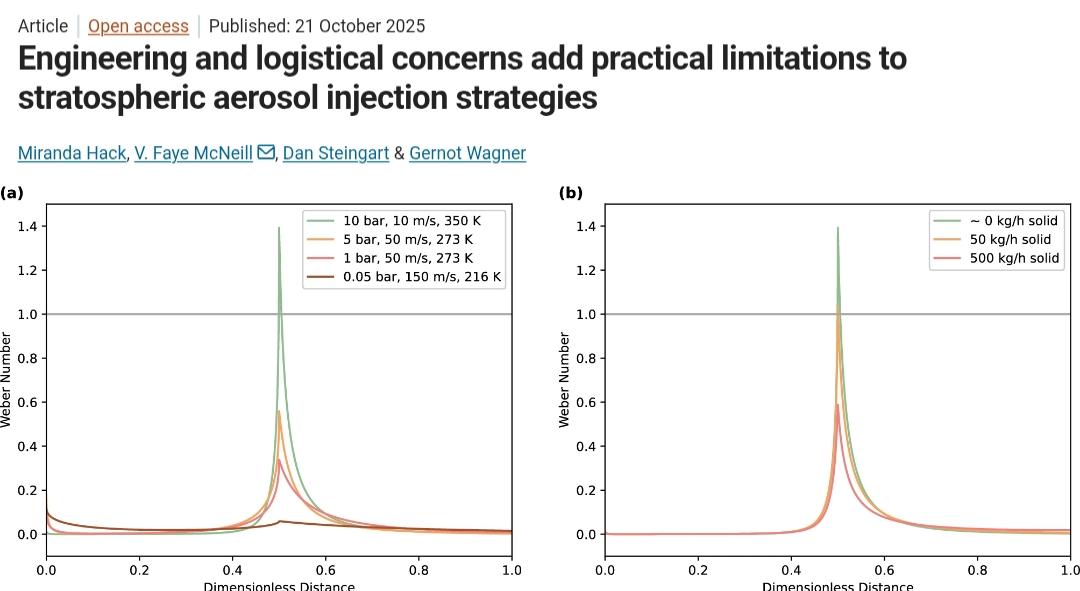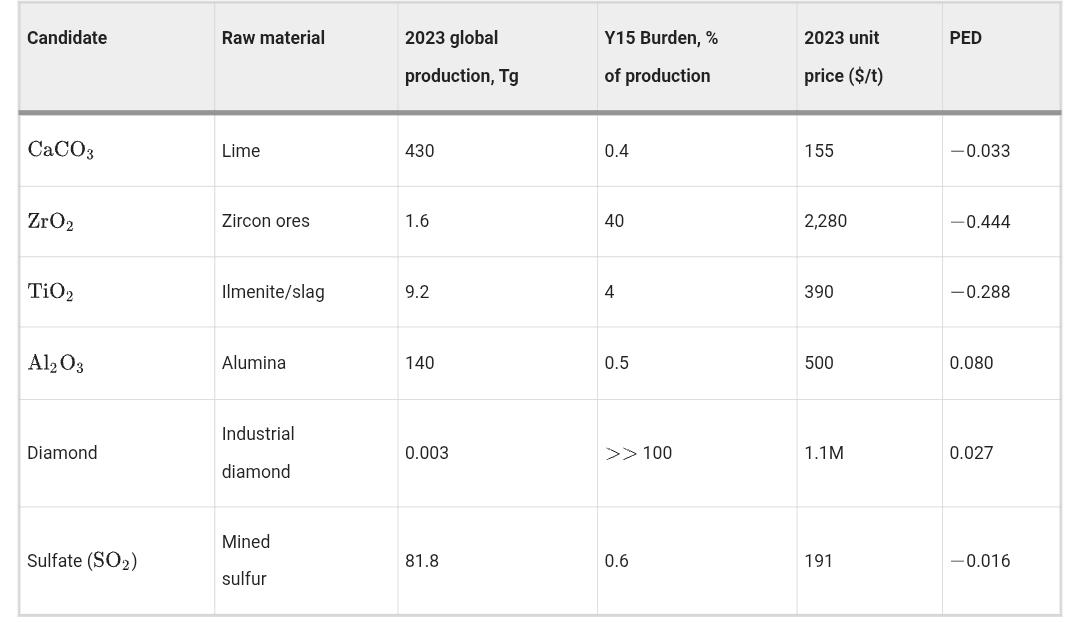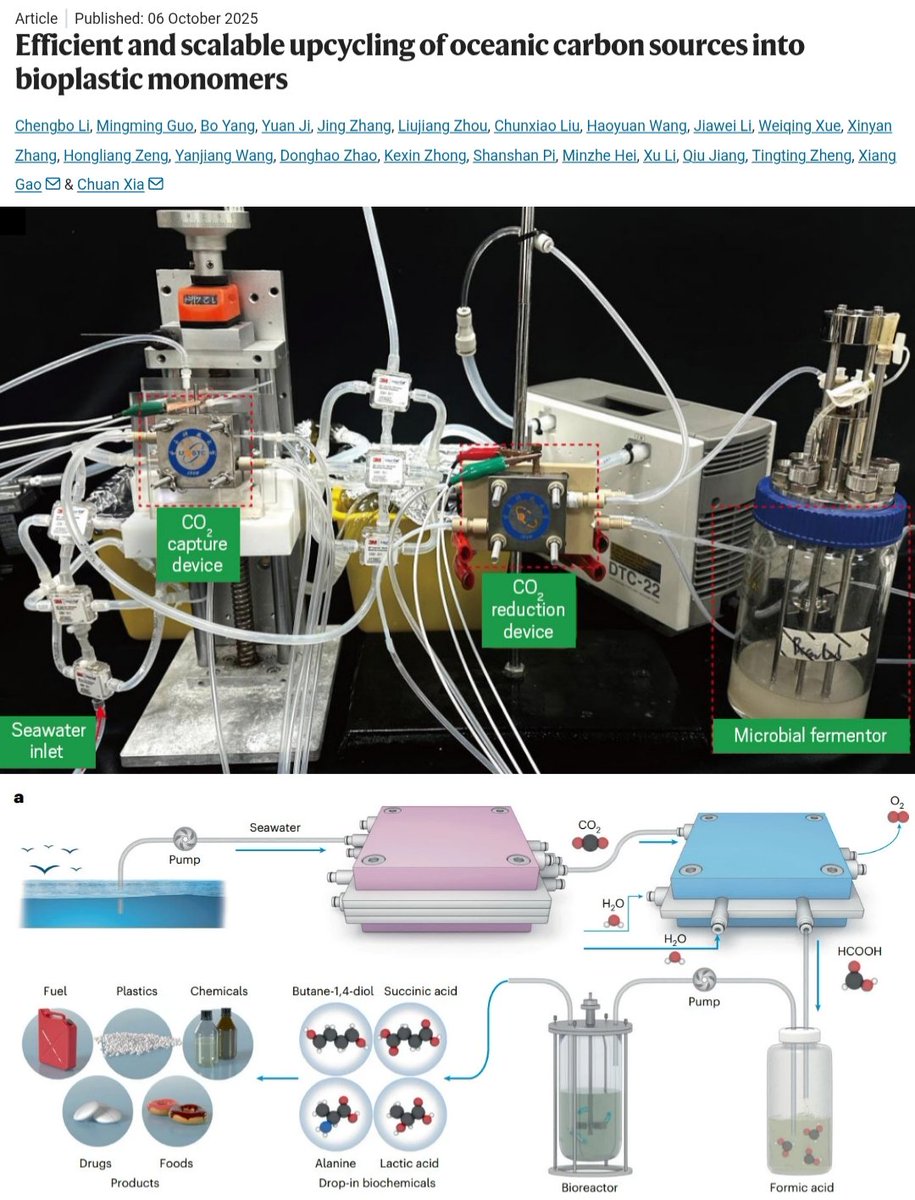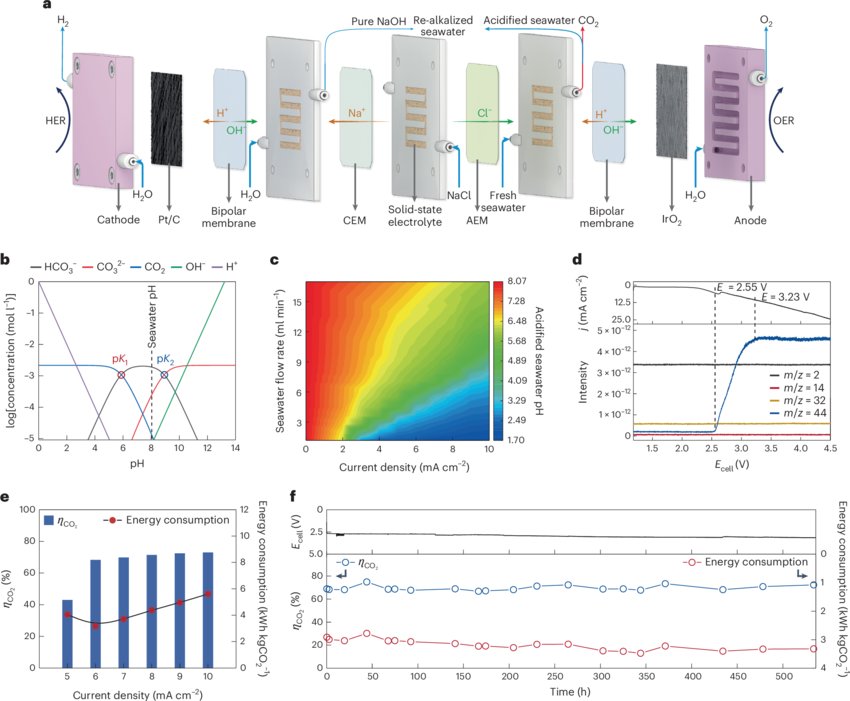🚨📝NEW PAPER📝🚨
In a recently published paper, researchers use “an LCA approach to calculate the Long-Lasting #CarbonSequestration (LLCS) of #seaweed, which can be understood as the difference between #CarbonFixation & released C throughout the life cycle of seaweed.”
🧵1/9

In a recently published paper, researchers use “an LCA approach to calculate the Long-Lasting #CarbonSequestration (LLCS) of #seaweed, which can be understood as the difference between #CarbonFixation & released C throughout the life cycle of seaweed.”
🧵1/9


Using kelp (Laminaria japonica) as an example of seaweed, the present study “validates the procedure of calculating the LLCS of seaweed throughout its whole life cycle in Ailian Bay from nursery to processing into #biochar (fertilizer) as the final product.”
2/9
2/9

The results showed that “the #CarbonSequestration (full life cycle) of kelp in Ailian Bay was 97.73g C /m2/year.”
3/9
3/9

“#Biomass carbon accounts for approximately 86.15% of the total value (982.53 g C/m2/year) of carbon absorption source of #kelp in Ailian Bay, with the remaining 13.85% consisting of RDOC and sedimentary carbon.”
4/9

4/9


“The #CarbonFootprint of the kelp in Ailain Bay is -1146.8 tons of CO2 per year, and the negative value indicates that the #kelp in Ailian Bay can contribute 1146.8 tons of #CarbonSink per year.”
5/9
5/9
Moreover, scientists in this study calculated the amount of #biomass carbon that was #sequestrated by seaweed production in China from 2010 to 2020.
6/9
6/9
“If all seaweed #biomass carbon is permanently #sequestered the results of this study suggest that about 250,000 tons of CO2 could be fixed by Chinese seaweed
during this decade, which could reach 0.2% of China's peak carbon.”
7/9
during this decade, which could reach 0.2% of China's peak carbon.”
7/9
Accordingly, the present research concludes that “the mass production of #seaweed can be utilized as an efficient method to #sequestrate carbon and a feasible method for evaluating the effect of kelp farms on climate change.”
8/9
8/9
🔗 Link to the paper entitled “Carbon sequestration assessment and analysis in the whole life cycle of seaweed” here ⬇️
iopscience.iop.org/article/10.108…
#CarbonSequestration
#Seaweed
#Kelp
#CarbonSink
9/9
iopscience.iop.org/article/10.108…
#CarbonSequestration
#Seaweed
#Kelp
#CarbonSink
9/9

• • •
Missing some Tweet in this thread? You can try to
force a refresh














